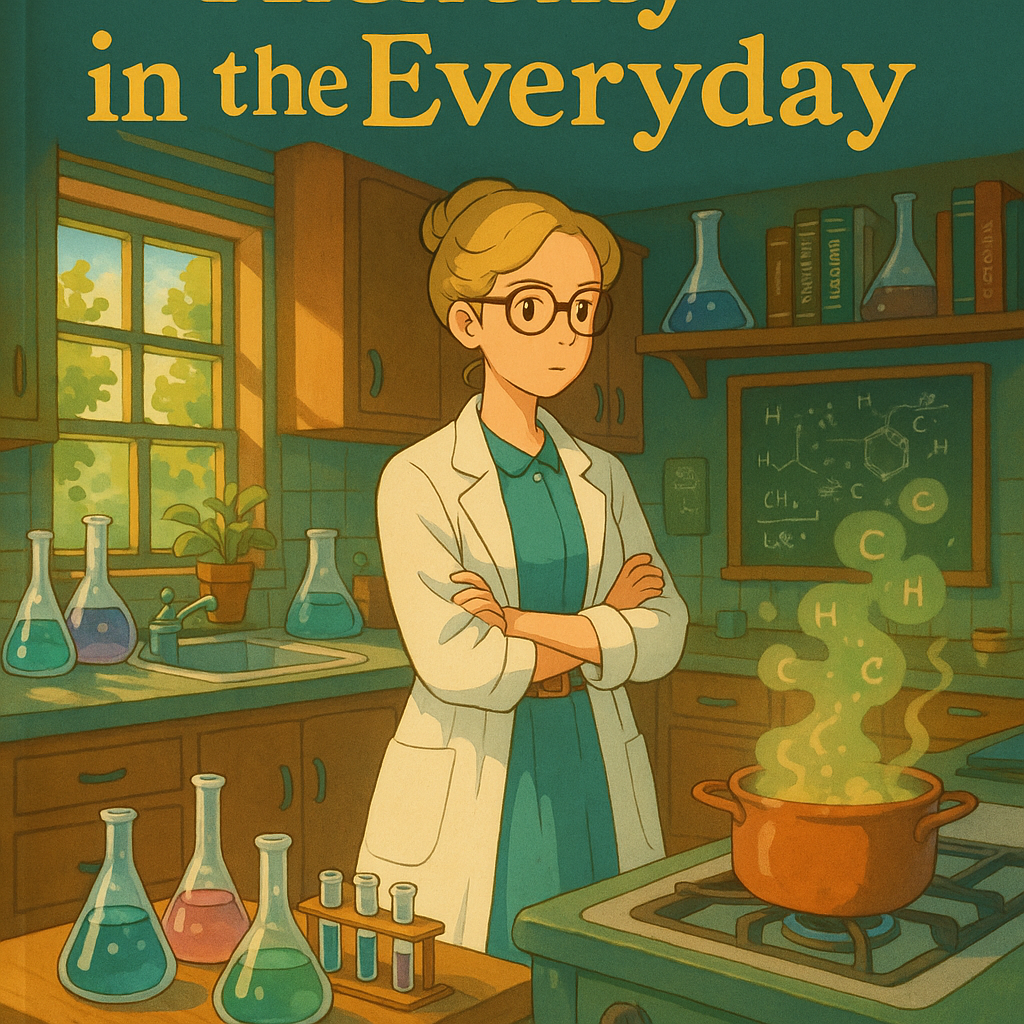
A 5-Minute Summary of Lesson in Chemistry by Bonnie Garmus
“Lessons in Chemistry” by Bonnie Garmus is a captivating and thought-provoking novel that uses wit and charm to explore themes of gender inequality, resilience, and the pursuit of one’s passion. Set in the 1960s, the story is centered around the extraordinary life of Elizabeth Zott, a female chemist navigating a male-dominated scientific community and confronting societal norms that undermine her work and ambitions.
Elizabeth Zott is no ordinary woman. A gifted scientist with a tenacious spirit, she faces constant challenges in a world that insists her place is not in the laboratory but rather at home. Despite this, her passion for chemistry and desire for equality drive her to push boundaries and defy expectations.
The narrative begins with Zott working at the Hastings Research Institute, where her intelligence and capabilities are overshadowed by the dismissive attitudes of her male colleagues. Her life takes a significant turn when she meets Calvin Evans, a brilliant and enigmatic scientist revered in their field. Their mutual admiration for each other’s intellect soon blossoms into a profound romantic relationship, offering a glimpse of hope and change in an otherwise restrictive environment.
Tragedy strikes, leaving Elizabeth a single mother to their daughter, Madeline. Facing societal prejudices, she finds herself fired from the research Institute. Resilient as ever, Elizabeth reinvents herself as the host of a cooking show, “Supper at Six.” What ostensibly begins as a traditional program quickly becomes revolutionary as Elizabeth infuses each episode with lessons in chemistry and autonomy, empowering her audience—especially women—to see beyond their kitchen duties and challenge the status quo.
The charm of “Lessons in Chemistry” lies in its ability to weave humor with critical social commentary. Elizabeth’s cooking show becomes a platform for her to subversively teach chemistry and inspire women to challenge gender norms. Her straightforward, no-nonsense approach resonates with viewers, turning her into an unconventional icon of female empowerment.
Throughout the novel, Garmus expertly highlights the struggles and perseverance of women in science during the 1960s. Elizabeth’s journey is filled with obstacles and triumphs that echo the real-life experiences of many women who dared to challenge oppressive systems. Her interactions with a host of supporting characters, from her loyal friend Harriet to her Shakespearean-quoting dog Six-Thirty, add depth and warmth to the narrative, illustrating the multifaceted nature of support and solidarity in her life.
Bonnie Garmus crafts a compelling narrative that is as entertaining as it is enlightening. The novel tackles complex themes with a light touch, offering readers an engaging experience while prompting them to reflect on the progress of gender equality over the decades. Elizabeth’s story serves as a timeless reminder of the resilience and determination required to pursue one’s passions against all odds.
In “Lessons in Chemistry,” Garmus not only tells the story of an extraordinary woman but also sheds light on the importance of challenging societal norms and the ongoing fight for equal rights. It’s a story that resonates with readers, reminding us that the pursuit of knowledge and equality are causes worth championing, no matter the obstacles.
